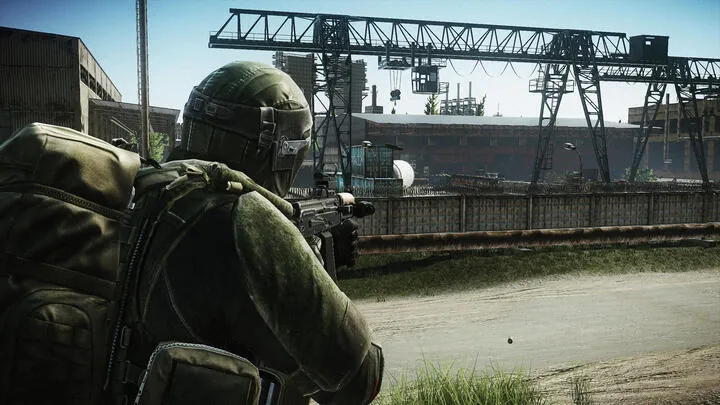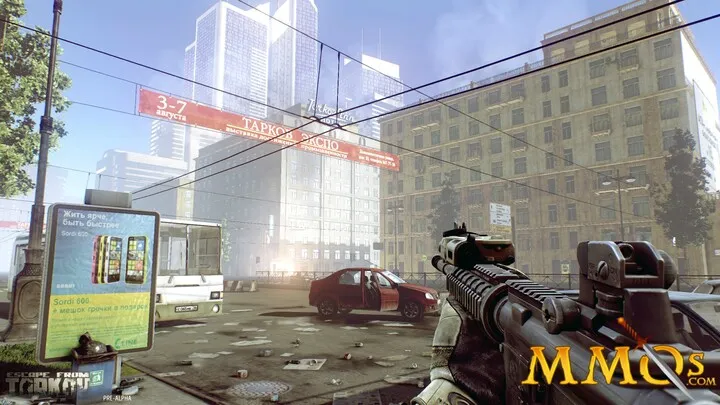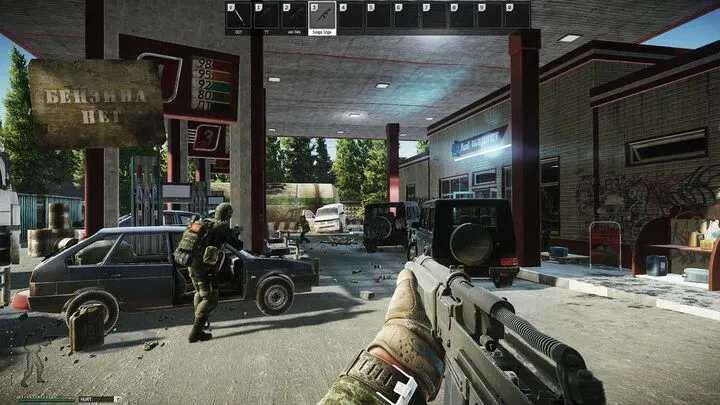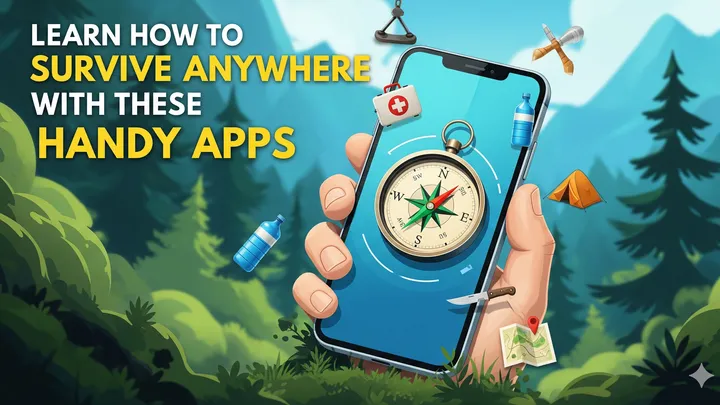Escape from Tarkov is one of the most complex and unforgiving survival shooters on the market. Unlike traditional FPS games, success isn’t just about aim and reflexes—it’s about preparation, strategy, and decision-making. Many players struggle with staying alive during raids, leading to frustration and slow progress. This guide dives deeply into the “how to survive raids” aspect of Escape from Tarkov, breaking down the step-by-step approach to increasing survival rates, improving efficiency, and eventually mastering the brutal battlegrounds.
Understanding the Fundamentals of Survival in Tarkov
Before diving into advanced strategies, players must first understand what survival in Tarkov actually means. It’s not about killing the most enemies, collecting rare loot, or dominating firefights—it’s about extracting alive. Every raid in Tarkov has one primary goal: survive long enough to reach extraction with whatever loot you managed to gather.

Survival requires a shift in mindset. Aggression must be balanced with caution, and greed should never outweigh the importance of extracting safely. Players who survive more raids ultimately progress faster than those who constantly die in pursuit of high-value loot.
Preparing for a Raid: Essential Loadout Choices
Preparation begins before entering the raid. Choosing your loadout carefully will determine your survival chances. There’s no need to bring expensive gear if you lack the skills to use it effectively—sometimes a budget build is the smarter choice.
Key loadout considerations include:
- Armor: Always bring at least a low-tier armor vest to reduce chances of being one-shot.
- Helmet: While not always mandatory, helmets can save you from random headshots.
- Weapon: Choose a gun you are comfortable with, even if it’s cheap. Consistency beats power.
- Backpack: A small backpack prevents greed, forcing you to focus on essentials.
- Medical Supplies: Never go into a raid without meds. A Salewa, painkillers, and bandages are absolute must-haves.
The golden rule of Tarkov is: never bring gear you can’t afford to lose.
Scouting the Map: Knowledge Before Action
Map knowledge is perhaps the most critical element of survival. Many players die not because they lost a fight, but because they didn’t know where they were, where enemies could spawn, or how to navigate to extraction points.
Learning maps requires time, practice, and patience. Start by running offline mode to explore spawn points, loot locations, and extraction zones without the pressure of other players. Pay attention to:
- PMC spawn zones
- Scav spawn timings
- Choke points and high-traffic areas
- Extraction requirements
The more familiar you are with a map, the more confident and deliberate your movements will become.
Early Raid Survival: The First Five Minutes
The opening minutes of a raid are often the most dangerous. PMCs spawn simultaneously, and many head straight for loot hotspots. If you want to survive, avoid rushing into high-traffic areas early.
Instead:
- Move cautiously, using cover to stay hidden.
- Prioritize positioning over looting.
- Consider waiting for other PMCs to fight and weaken each other before engaging.
The first five minutes should be focused on survival and establishing awareness of your surroundings rather than immediate aggression.
Mid-Raid Strategy: Looting and Movement
Once the initial chaos has passed, the mid-raid phase begins. This is when you can start looting—but greed is your biggest enemy. Too many players die because they linger too long searching for one more item.
Survival-focused looting tips:
- Always loot quickly and prioritize high-value, low-space items.
- Avoid crouching in the open while looting corpses or containers.
- Continuously listen for footsteps or gunfire while looting.
- If you already have valuable loot, consider heading toward extraction early.
Movement during this phase should be deliberate. Avoid sprinting unless necessary, as it makes you loud and easy to detect.
Combat Survival: Fighting Smart, Not Hard
Eventually, you’ll face enemies. Survival doesn’t mean avoiding fights altogether—it means choosing fights wisely and fighting intelligently.

Key combat survival tactics:
- Sound Discipline: Use walking or crouching to stay quiet. Running draws attention.
- Positioning: Always fight from cover. Avoid standing in open areas.
- Peeking: Quick peeks and lean mechanics reduce exposure.
- Retreating: Sometimes the best choice is to disengage and survive.
Ambush Tactics
Setting up ambushes by predicting enemy movement gives you the advantage. Control the fight by letting your enemy walk into your trap rather than chasing them.
Close-Quarters Combat
If forced into close-range combat, pre-aim at likely corners, use sound cues to predict movements, and maintain hip-fire readiness with automatic weapons.
Medical Management: Staying Alive After Engagements
Surviving a firefight is only half the battle—patching yourself up quickly is the other half. Medical management is crucial for keeping you alive long enough to extract.
Essential medical practices:
- Use painkillers or morphine to negate limb debuffs.
- Prioritize stopping heavy bleeds immediately.
- Heal in safe areas, not in the middle of the open.
- Carry a CMS kit for limb restoration if possible.
Having the right medical kit is often more important than having the best weapon.
Late Raid Strategy: Extraction Preparation
The final phase of any raid is extraction. Many players fail here because they panic, rush, or run into ambushes near extraction zones.
To increase survival odds:
- Start moving toward extraction before the timer runs too low.
- Avoid running directly to extractions—take flanking routes.
- Check common ambush spots near exits.
- Be patient. If you hear gunfire near extraction, wait for it to quiet down.
Remember, surviving is the ultimate goal. Even with just a handful of loot, extraction alive means victory.
Risk vs. Reward: Knowing When to Leave
Every raid comes with the constant temptation of staying “just a little longer” to loot more. However, knowing when to leave is a skill that separates survivors from casualties.
Signs you should extract immediately:
- You already have valuable loot.
- You’re running low on ammo or meds.
- You’ve sustained major injuries.
- You’ve survived multiple encounters already.
Tarkov rewards players who think long-term. Extracting with consistent, smaller loot hauls is more profitable over time than dying repeatedly with full backpacks.
Practicing Survival Skills Over Time
Mastery in Escape from Tarkov doesn’t happen overnight. Survival skills improve gradually as you gain experience. Every raid—whether successful or not—teaches something new.

Learning From Deaths
Instead of getting frustrated, analyze each death. Did you die because of poor positioning, lack of map knowledge, or overextending for loot?
Developing Your Playstyle
Some players thrive on stealth and avoidance, while others do better with aggressive tactics. Survival improves when you lean into your natural strengths.
Consistent practice and analysis build confidence, which ultimately increases your survival rate.
Conclusion: The Path to Consistent Survival in Tarkov
Escape from Tarkov is brutal, punishing, and uncompromising. Yet, survival is always possible with the right approach. By preparing carefully, learning the maps, staying calm under pressure, and prioritizing extraction over greed, you can consistently improve your survival rate. Survival isn’t about being the best shooter—it’s about being the smartest player in the room.
Mastering the art of survival transforms Tarkov from a frustrating grind into a rewarding test of strategy, patience, and resilience. Every raid you survive brings you one step closer to becoming a true veteran of Tarkov’s unforgiving world.

















